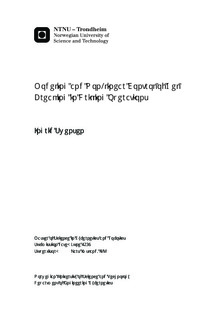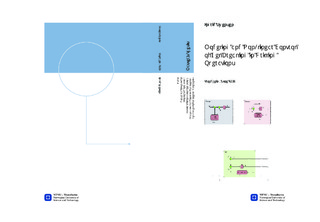| dc.description.abstract | As the petrolium operators are drilling deeper and more complicated well paths, extreme downhole presure variations during drilling operations may cause damage to equipment. This may in addition result in production restrictions and increased cost. Therefore, the main purpose of this project was to develop a non-linear control structure to stabilize the downhole pressure, such that the pressure never exceeds the $\pm$ 2 bar limit when the mud pump was started. Mud pump startup is one of the main reasons for increased pressure. Mud at rest will, after some time, start the process of gelling. When the system is set to motion again, a considerable amount of force is therefore required to break the gel. In order to achieve pressure stabilization, a controller was implemented on the mud pump. This controller included two proportional controllers, one monitored the downhole pressure, while the other used the calculated structure of the mud as an input parameter, meaning that the gelling was taken into account. The effects from a controlled back pressure pump were also assessed. Incorporating automatic contol on the mud pump resulted in a downhole pressure that remained within the $\pm$ 2 bar boundaries. The pump was able to provide the desired flow rate in a reasonable amount of time. This is because the pump decreased the flow only when the downhole pressure increased at an excessive rate, giving the gelled mud more time to brake.Throughout the project, the back pressure pump was implemented as a constant flow rate. A test scenario where the back pressure pump was a subject of automatic control showed a slight improvement with regards to downhole pressure stabilization, as well as a more stable choke valve opening. Automatic back pressure control might result in improved startup and shutdown timing. With two controllers, one on the choke valve and one on the mud pump, a more stable mud break-down process can be achieved. This can lead to several economic advantages such as time saved when returning to reference flow rate, less wear on the choke valve, as well as fewer operators needed to handle the mud pump. | nb_NO |

